What Is Connection In The Golf Swing?
We ask what Is connection in the golf swing and offer some simple tips for how to hone it
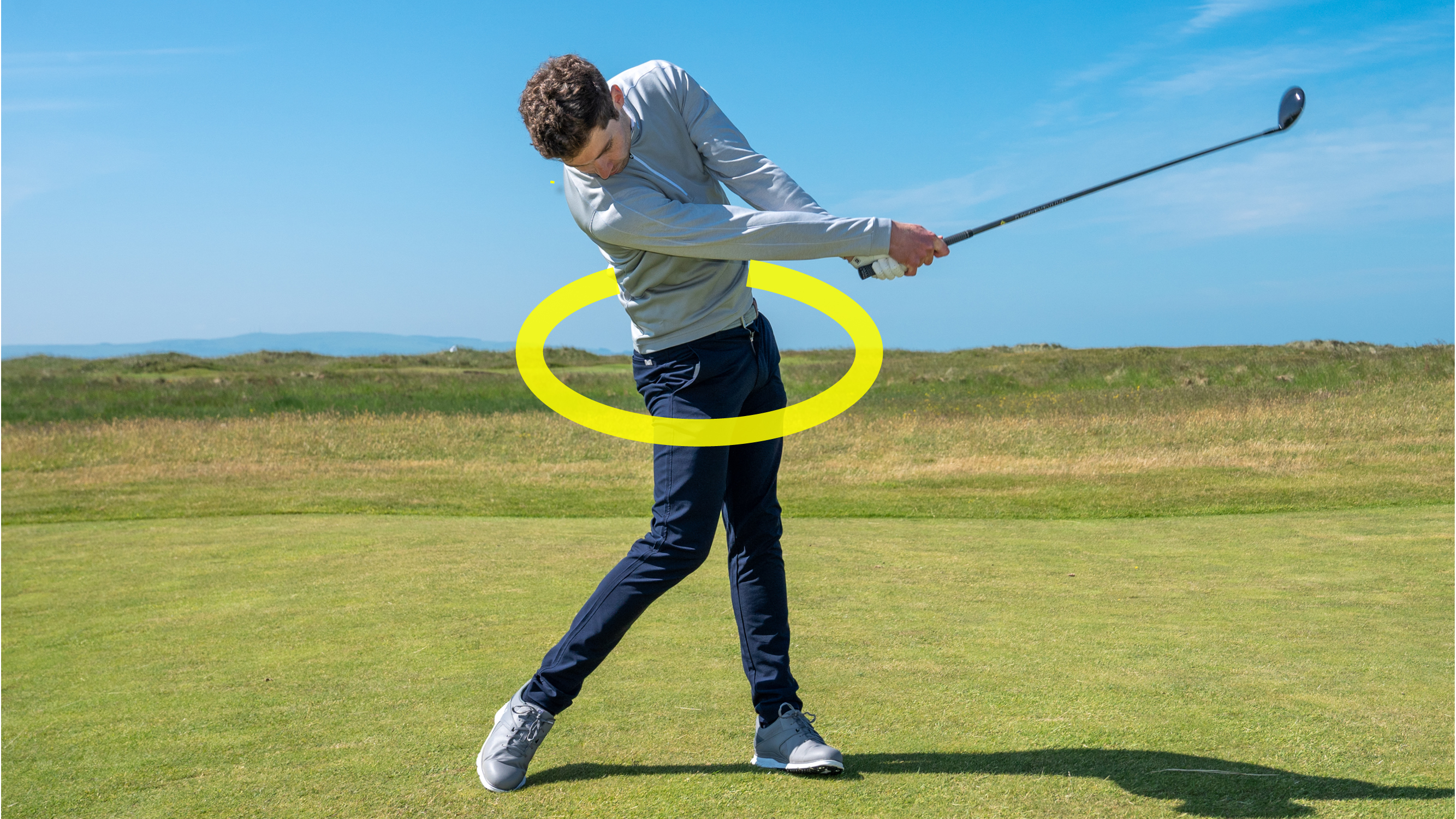

In this article and video, Golf Monthly Top 50 Coach Paul Foston explains what connection in the golf swing is, why it's a good thing and how to add it to your game.
What Is Connection In The Golf Swing?
Connection in the golf swing refers to how the flowing motion of the arms works with the rotation of your body. A well-connected golf swing creates effortless power and will deliver the club back square to the ball much more consistently.
It might sound strange but good connection starts at address (it makes sense to work on setting the perfect golf grip). When you stand over the ball there should be a perfect ‘v’ shape made between your hands and arms. If your hands are ahead or behind your sternum, you’ll break the ‘v’ and find it difficult to make a connected swing. The video with this article demonstrates exactly what we mean here.
As you take the club back you should aim to maintain that shape. When you add your wrist hinge halfway through the backswing your hands should still be pointing at your sternum – this is a good checkpoint to have in mind. From this position, continue to let your arms swing and body rotation to work in harmony. The ‘v’ shape is in tact through impact as you powerfully transfer your weight towards the target. In the finish position, again, both your chest and arms should be facing the target.
One of the biggest traps to avoid is when the arms move without any rotation from the body. It feels as if you are making a big swing but you will struggle to find any true power. Remember, a shorter swing that is well connected will deliver much more power, speed and control. Rotate your hips for power to about 45˚ and turn your upper body to around 90˚ - the difference between these two angles is one of the main power sources in the golf swing.
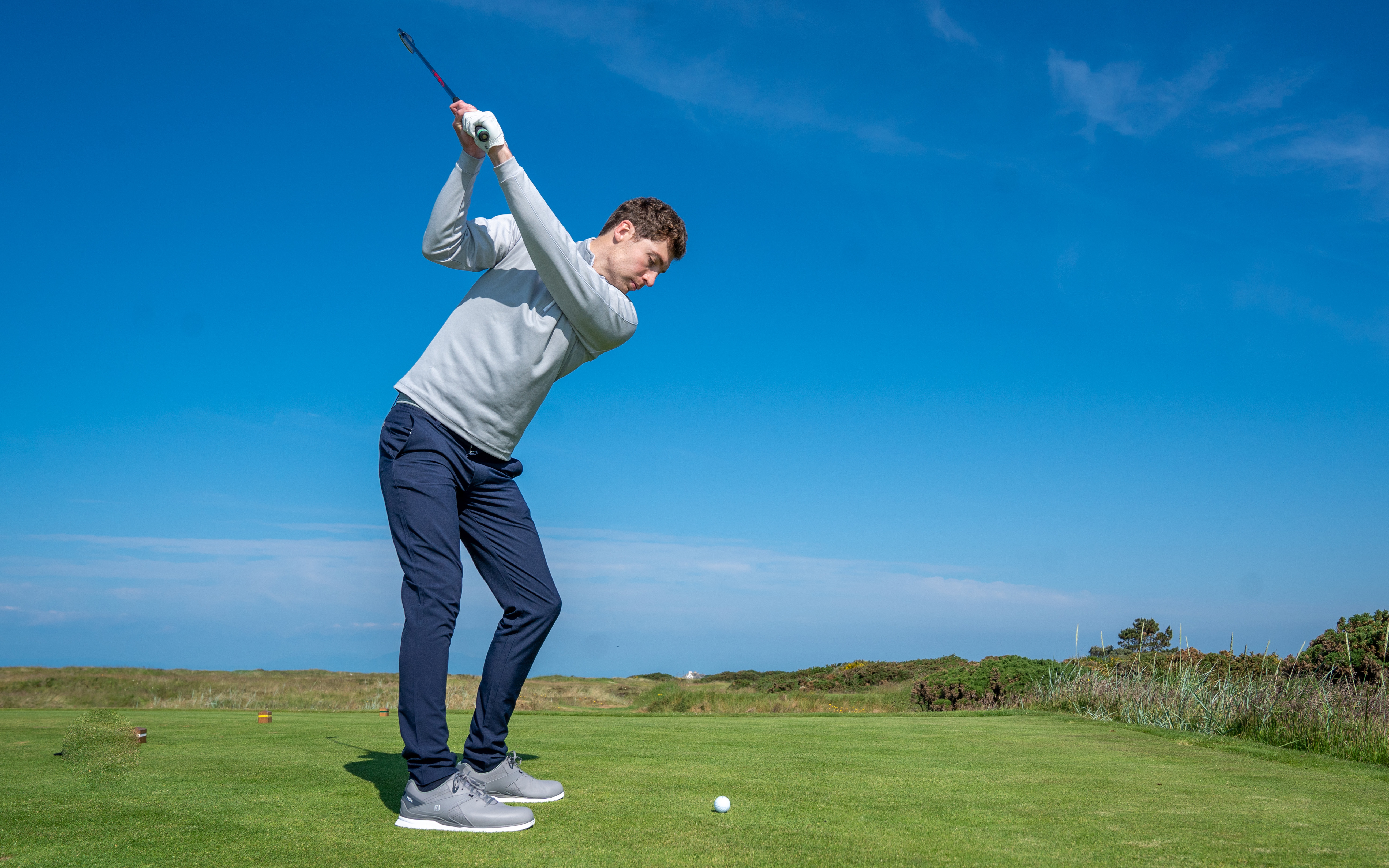
How do you stay connected in the golf swing?
This is where your rhythm or tempo comes into play. In particular, it is easy to become disconnected if you snatch at the ball from the top of the backswing. In this scenario, you attack the ball with such aggression from the top that your upper body out-races your arm-swing and you end up leaving the clubface open and hitting a big block/slice.
A great drill is to hold your position at the top of the backswing for a second. Just pause at the top for a moment. This will help you find the smooth acceleration through the downswing you need to stay connected in your golf swing.
Get the Golf Monthly Newsletter
Subscribe to the Golf Monthly newsletter to stay up to date with all the latest tour news, equipment news, reviews, head-to-heads and buyer’s guides from our team of experienced experts.

Location: Paul Foston Golf Academy
Paul has worked with a number of Tour professionals over the years, and is proud to have successfully coached over 40,000 students. In 2005, he set out to design his own academy with a ‘world class’ coaching infrastructure of technical advancement and a tailor made short game layout to practice every real life challenge experienced on course.
Greatest success story:
Fulfilling the dreams of five international players - Paul Way, Mark Roe, Craig Parry, Jamie Spence and Peter Mitchell, taking them to European Tour victories and one to Ryder Cup success.
Teaching philosophy:
Golf is one of the most challenging sports to accomplish. To play well consistently requires you to invest time in lessons, practice and play in equal measure; this will give a solid foundation and enable you to develop skills across the whole spectrum of the game. Identifying an individual’s learning style is key to coaching and effective communication. My imaginative mind and use of analogy is a creative, easily understandable method to convey instruction and simplify technique.
Significant teaching influences:
I have amassed a great body of knowledge by researching the world’s best players and their unique ability to play golf at the highest level. I have also kept pace with technology and golf equipment advancements. These findings have given me a deep understanding of swing dynamics and techniques which have been incorporated into my classic coaching style.
-
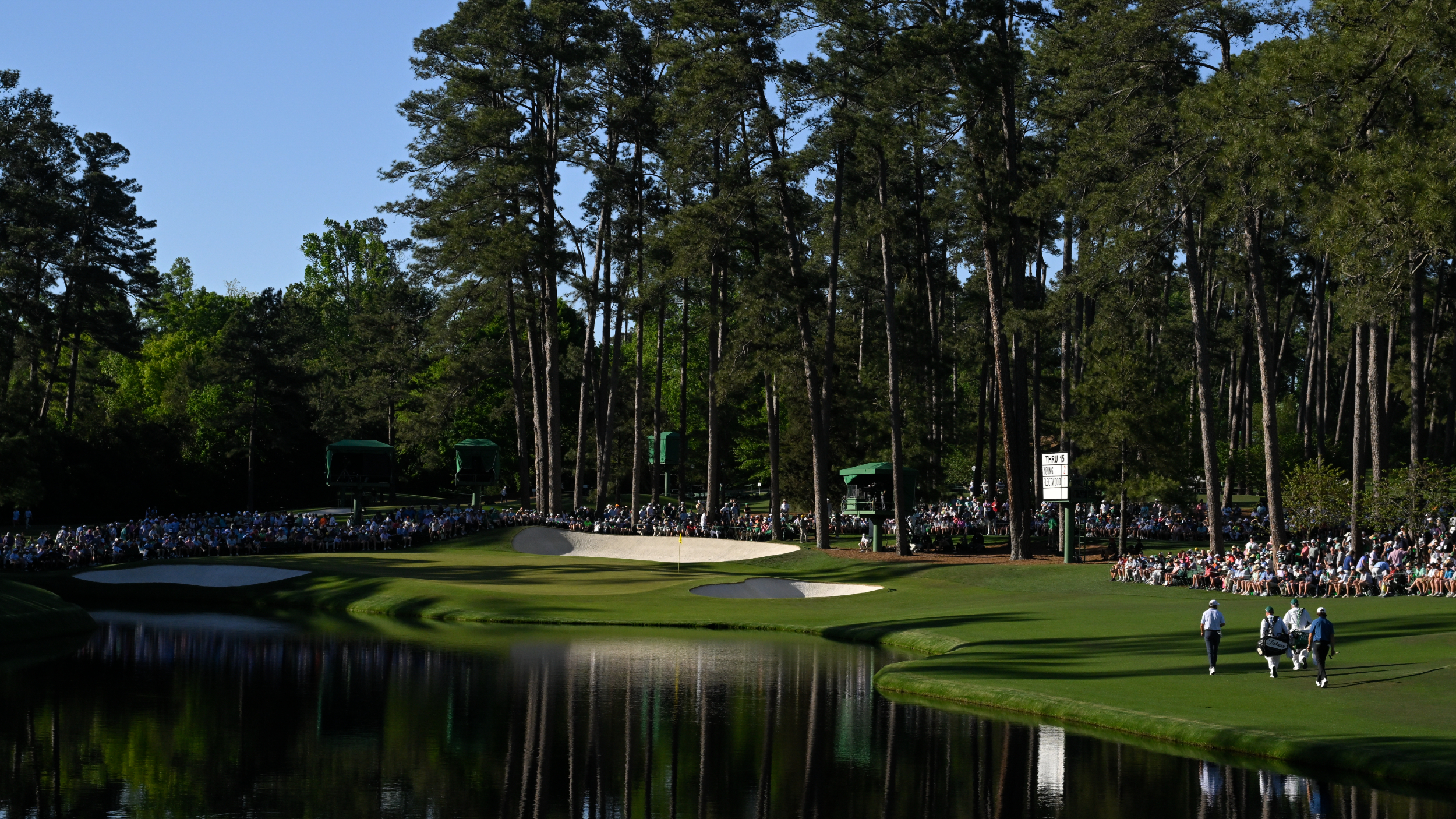 Why The 16th Pin Has Been Moved From Its Traditional Spot For The Masters Final Round
Why The 16th Pin Has Been Moved From Its Traditional Spot For The Masters Final RoundThe 16th pin at Augusta National is in an different position that normal for the final round of The Masters, but why is that?
By Mike Hall Published
-
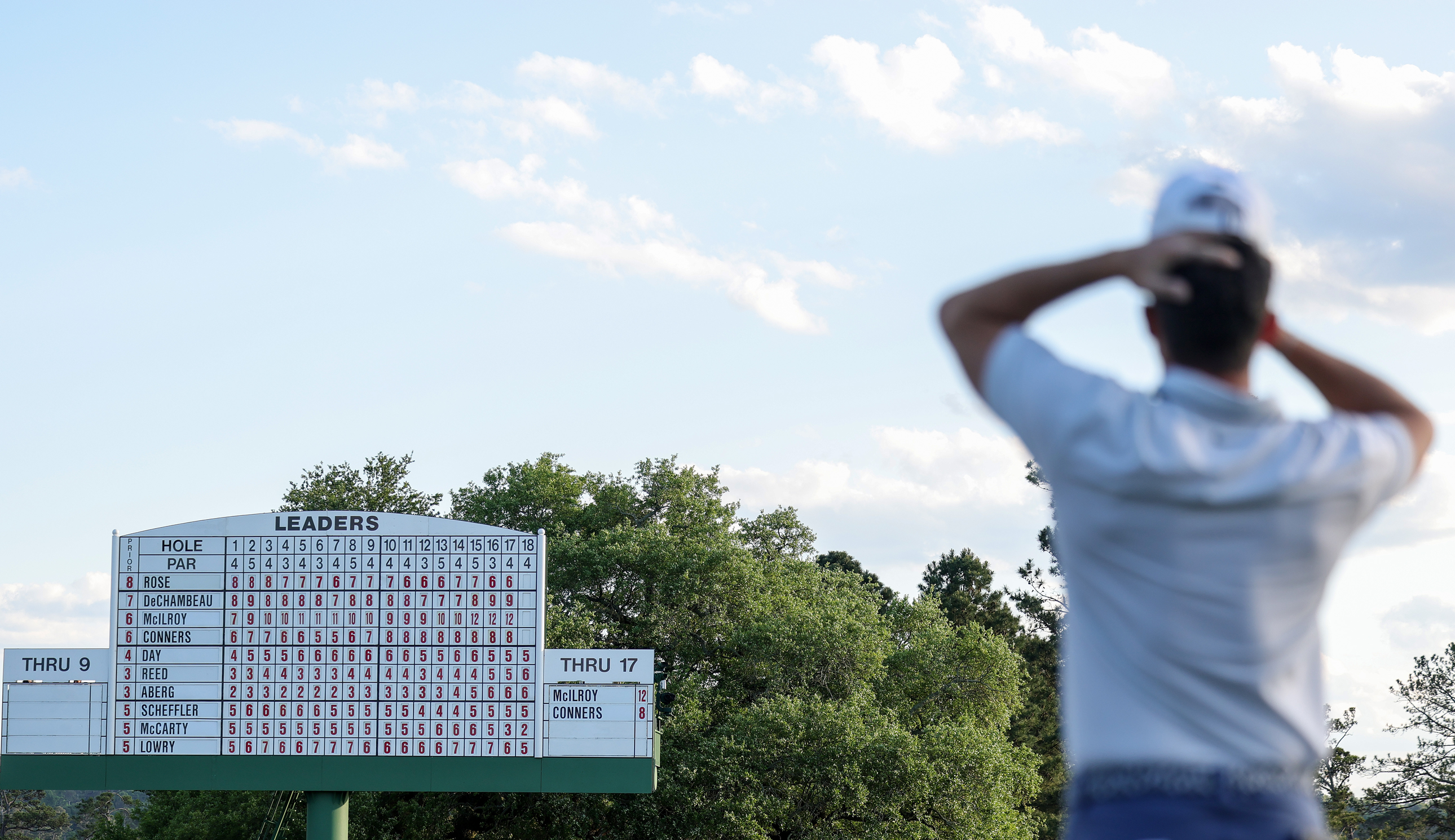 Seve Ballesteros And Brooks Koepka Among The Big Names That Rory McIlroy Would Join As A Five-Time Major Winner With A Masters Victory
Seve Ballesteros And Brooks Koepka Among The Big Names That Rory McIlroy Would Join As A Five-Time Major Winner With A Masters VictoryRory McIlroy leads The Masters going in to the final round and, if he were to win, he would join an illustrious list of five-time Major winners
By Matt Cradock Published
-
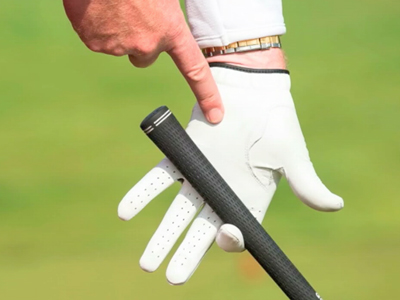 How Do You Grip A Golf Club?
How Do You Grip A Golf Club?'How do you grip a golf club?' is a question that so many beginners ask when taking up the game, but a quick refresh can be useful for golfers of all abilities
By Paul Foston Published
-
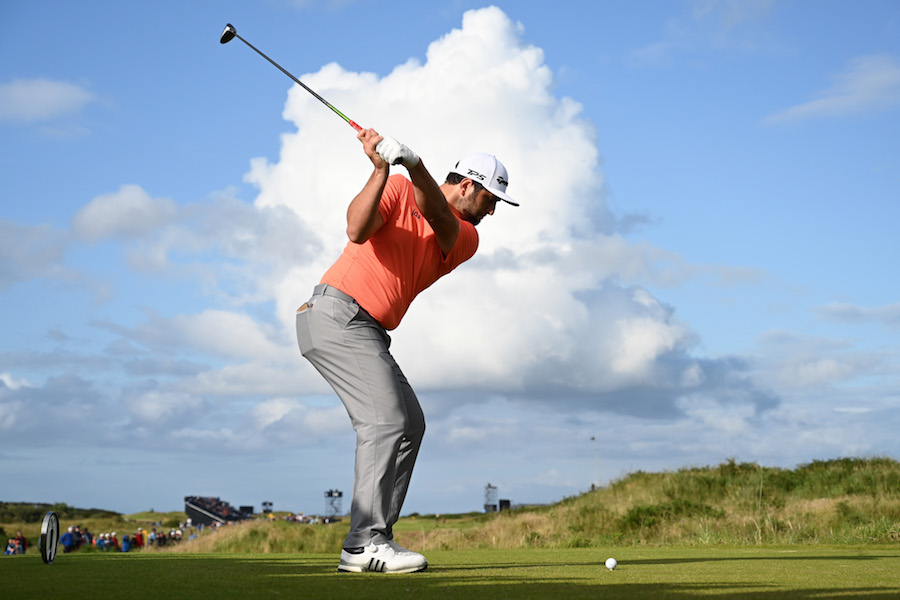 What is 'coil' in the golf swing?
What is 'coil' in the golf swing?By Neil Tappin Published
-
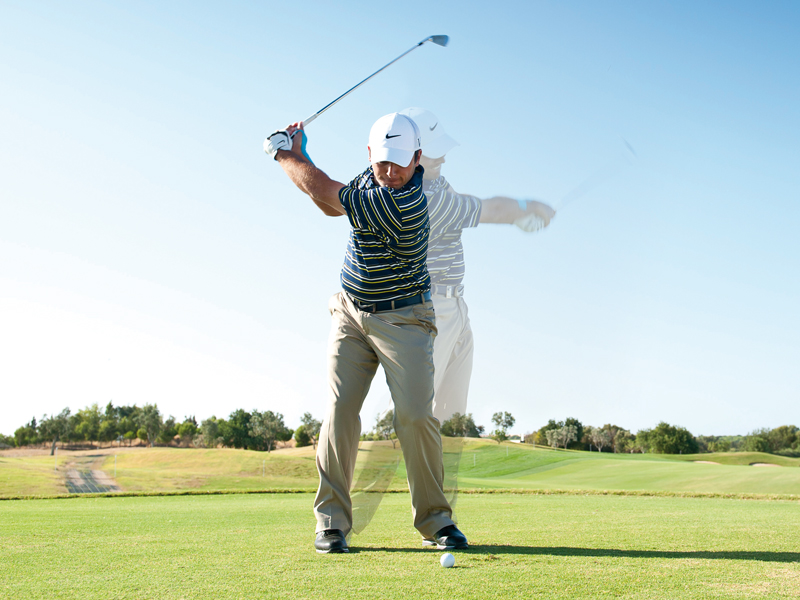 What is dynamic balance in golf?
What is dynamic balance in golf?By Neil Tappin Published
-
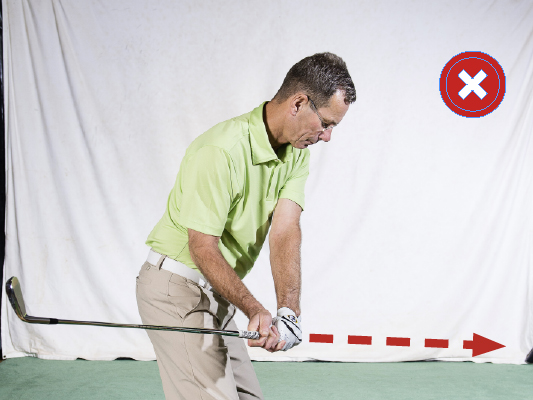 What does 'trapped on the inside' mean?
What does 'trapped on the inside' mean?By Neil Tappin Published
-
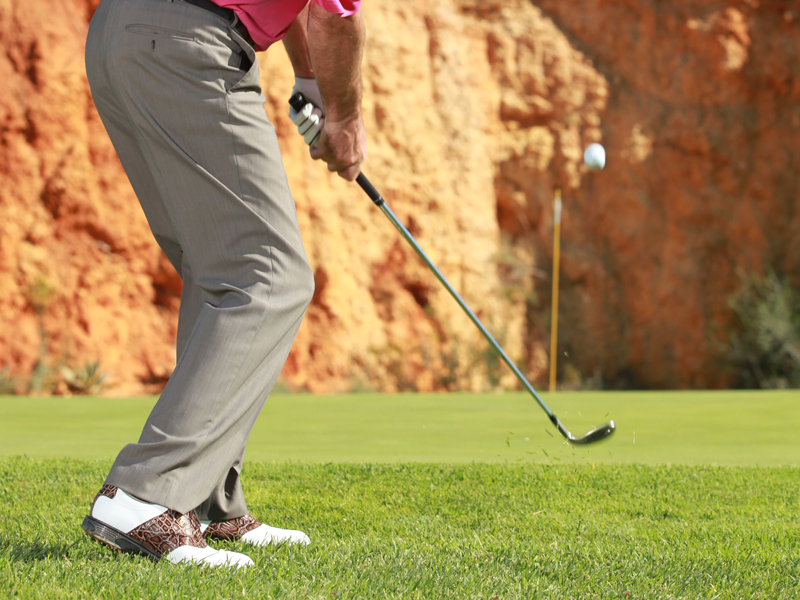 Golf chipping fault fixer
Golf chipping fault fixerGolf Monthly Top 25 coach Paul Foston brings you a chipping fault fixer to tidy up your short game around the green.
By Thomas Patrick Clarke Published
-
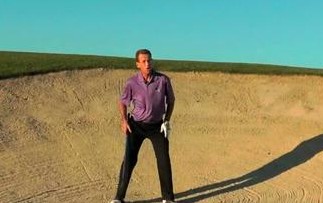 Release 'under' for better bunker shots
Release 'under' for better bunker shotsGolf tips: Golf Monthly Top 25 Coach Paul Foston explains the basic golf bunker technique for simple sand escapes
By Golf Monthly Published
-
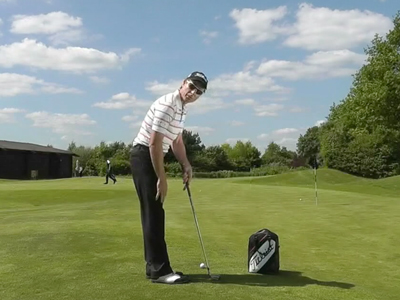 Chip and run shot video
Chip and run shot videoEuropean Tour player Brett Rumford talks through how to play the greenside chip and run shot.
By Thomas Patrick Clarke Published
-
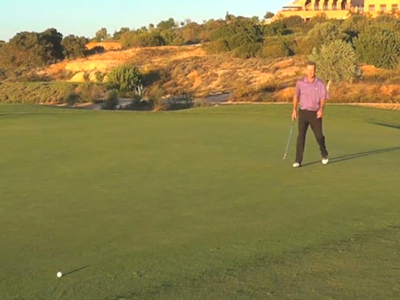 Putting through shadows video
Putting through shadows videoGolf Monthly Top 25 coach Paul Foston has some tips on putting through shadows and how to pick the correct line when the sun is low in the sky.
By Thomas Patrick Clarke Published